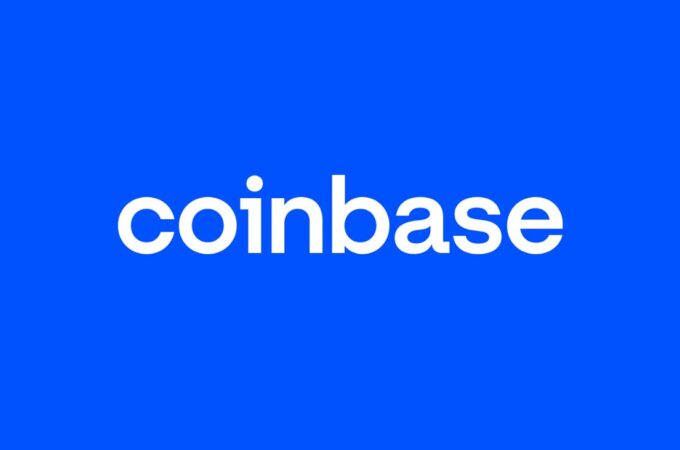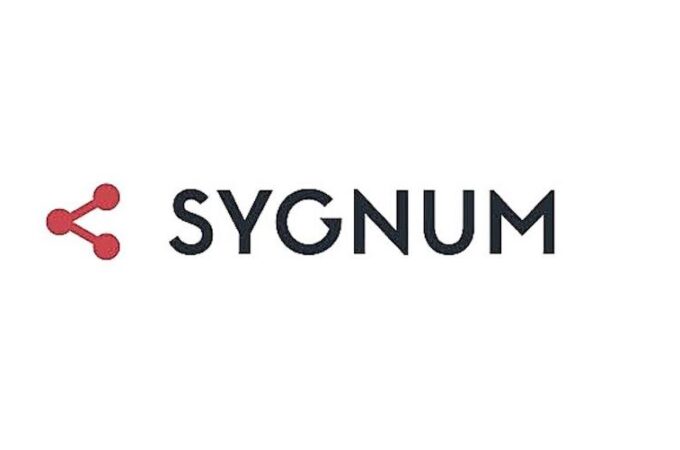
Banking Blockchains Without Native Digital Assets are “Nonsense”, says Italian Tech Professor
By Joseph Young for CryptocoinsNews
Ferdinando Ametrano, a professor at Politecnico di Milano, Italy’s largest tech university, recently criticized the blockchain hype revolving around banks in an interview at the Blockchain Money conference, describing the efforts of banks and financial institutions in creating a blockchain without a native digital currency as nonsensical.
Over the past two years, the world’s largest banks and financial institutions have led the development of permissioned blockchain networks and enterprise-grade blockchains for cross-border payments and settlement of asset.
Various research firms including Greenwich Associates stated that nearly US$1 billion is spent on the development of the blockchain technology in capital markets and the financial industry every year. Yet, banks and financial institutions are yet to demonstrate a working commercial application of this blockchain technology.
The fundamental issue in the approach of banks towards the blockchain technology is, they haven’t found a way to integrate a decentralized system or a network like blockchain technology onto existing financial services.
Since tight regulatory frameworks disallow banks from implementing decentralized blockchain networks, banks have opted for permissioned or centralized blockchains, which also cannot be integrated due to security concerns.
During an interview at the Blockchain Money conference, Ametrano stated:
I don’t think that bitcoin will be the only blockchain but blockchain without native digital asset, to me, that is nonsense. If you don’t have a currency or a coin which has some value to reward miners for distributed consensus, and then you have to appoint validators of transactions, why should you use a blockchain which is a sub-par data structure?
Ametrano further emphasized that a centralized blockchain or a trusted blockchain network pose no difference to federated blockchains, in the sense that network administrators are trusted to run the network by its users. He noted that if banks are attempting to integrate centralized blockchain networks, implementing conventional databases would be more cost efficient and practical.
“Since you’re trusting your appointed validators, you can just use database technology. That will be perfectly fine.”
Ametrano’s comments on the blockchain hype and the financial industry’s approach towards the technology coincides with the exit of three multi-billion dollar banks from R3, a blockchain consortium established to research and develop the blockchain technology.
Recently, Morgan Stanley, Santander bank and Goldman Sachs left the R3 consortium after spending two years on blockchain development and research without seeing much progress.
In late October, some member banks of R3 hinted budget difficulty, as banks have been allocating millions of dollars for several years for the development and implementation of the blockchain technology.
“Blindly investing millions of dollars in small, disparate technology projects is not appropriate for banks at a time when budgets are stretched,” said R3 CEO David Rutter at the time.
While it is still difficult to speculate the future plans of R3 and other banks and financial institutions working on the blockchain technology, it can be stated the limitations of the technology and the blockchain industry are beginning to emerge.
First appeared at CCN





